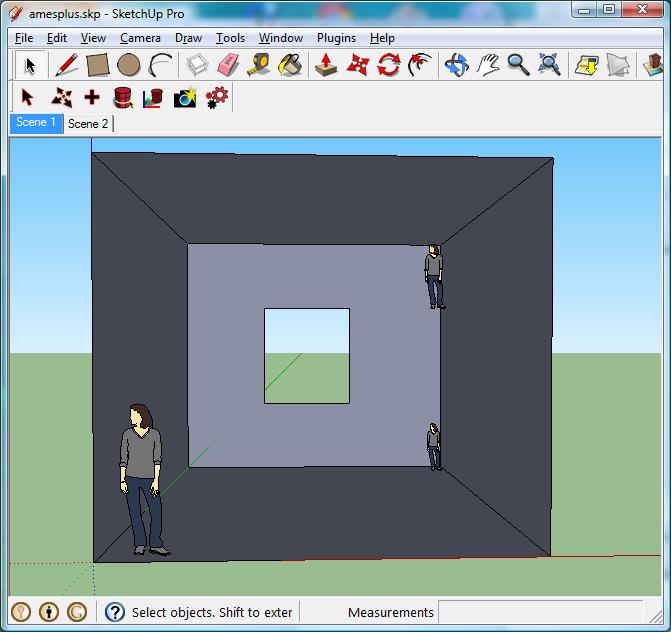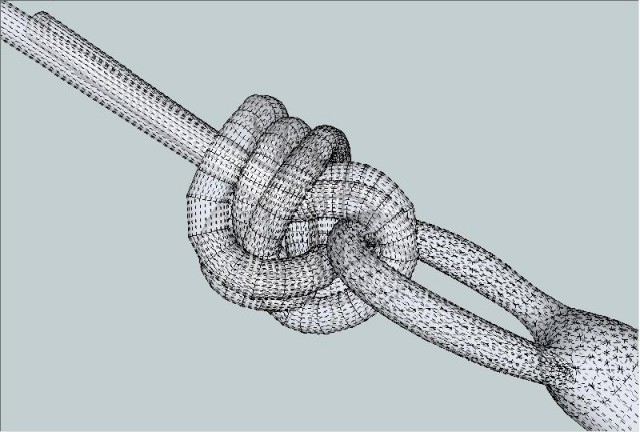Hi wiskeytangofoxtrot,
@whiskeytangofoxtrot said:
So Im trying out the cgi3d photoscan product.


@whiskeytangofoxtrot said:
Im having problems with the camera calibration tool. Once I set up all my matched points and try to run the camera calibration, it tells me that it doesnt recognize my camera sensor size, and prompts me to put it in manually.
I do this, and click save on the camera settings dialog box - but it does not save the setting. The dialog box is blank again when I re-open it.
Another way to see if the settings have been saved, is to double click on the image name in the “Photo Files” tab of the “Project” window and check the information on “Image Info” dialog box. Do you see the sensor size information there?
If a camera is not found in the database, the user can add it to the local database using the camera info dialog box (Edit --> Camera Info...) which I believe you tried to do. In that case, please make sure that the local database file was created successfully by checking “User camera database:” file path from “Edit --> Preferences” in the preferences dialog box.
@whiskeytangofoxtrot said:
Also, when I calibrated the camera (apparently without saving my sensor size), and build the model in the calibration program, I get a warning that some points are "behind the camera", and this will cause inaccuracy.
When you get this message, in almost 99% of the time it means that calibration has failed. Please make sure that you have enough matching points (roughly about 10 per photograph) and there are no matching inaccuracies, i.e. wrong points have been matched.
After calibration check error information on the “Point errors” tab. This list gives you an idea about matching errors. It is possible to reduce the point errors by adding more points and adjusting the positions of the existing points. Big point errors usually mean that there is a mismatch of points, i.e. there is at least one point in one of the matched points group that does not belong in that group.
@whiskeytangofoxtrot said:
When I export the project and open it in SU, there is a weird axis alingment. The manual doesnt talk about how to align the axes once you import the project from the calibration program.
Is this (axis alignment) supposed to be done via view locking?
There are two ways to align axes:
First one is, to assign x,y,z coordinates to some of the calibration points to make sure axes are aligned to the objects in the photos. You need to give coordinates to at least three points to be able to align all three axes. However you need to be careful that the relative coordinates of these points must be meaningful. The bigger the error in the coordinates the larger the calibration error. If you enter some really wrong coordinate values, calibration may fail altogether.
Second method is what Rich quoted, i.e. to use SketchUp native "Tools --> Axes" command followed by "Edit --> Update Tgi3D page axes". In this method, you can guarantee exact alignment of only one axis.
 , suggestions are most welcome
, suggestions are most welcome 


 It was more like 4+ mins. I sped up the video so that people would not get bored. That is how slow I model
It was more like 4+ mins. I sped up the video so that people would not get bored. That is how slow I model 

